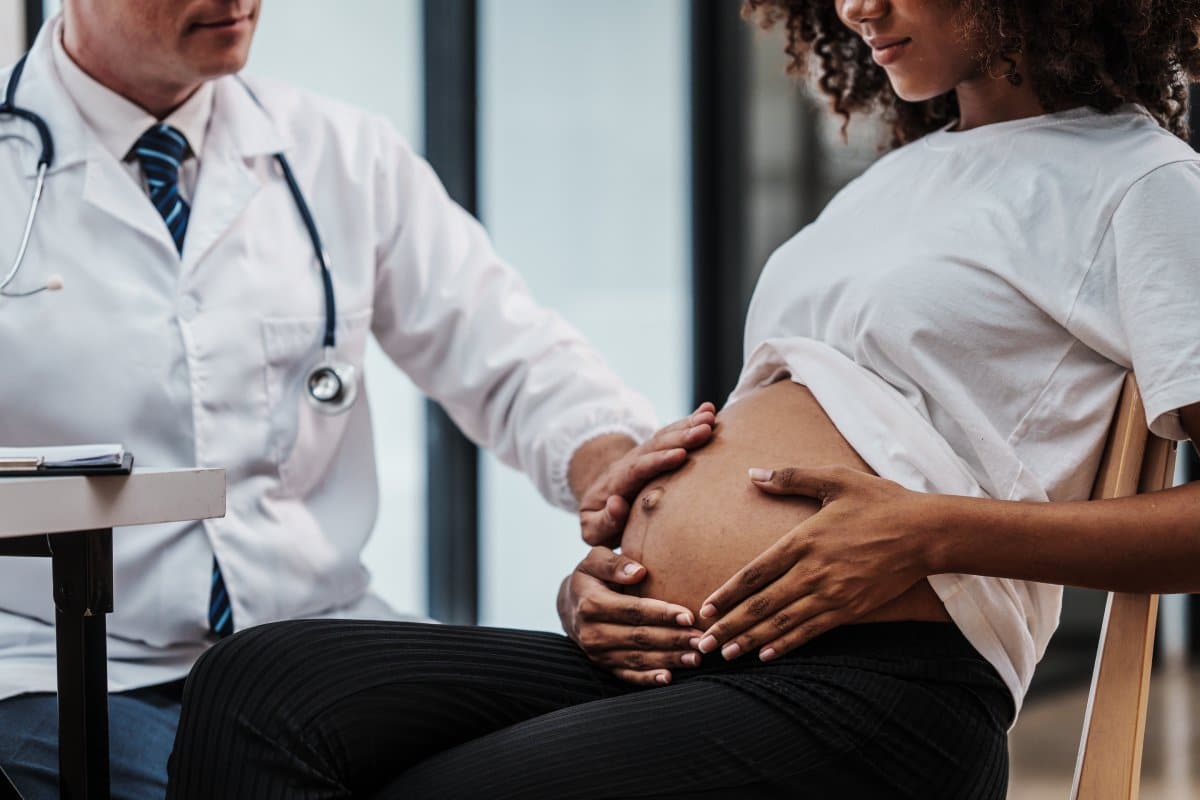The infant mortality rate is on the rise in the UK, with the Black and Asian ethnic groups in the North of England more vulnerable than the others.
Care Staggered for Ethnic Groups

The disparities show a trend that certain socioeconomically deprived areas and Black and Asian communities are not getting the same care and support they need for a healthy start in life.
Medical Advanced Reduced Infant Mortality Rates
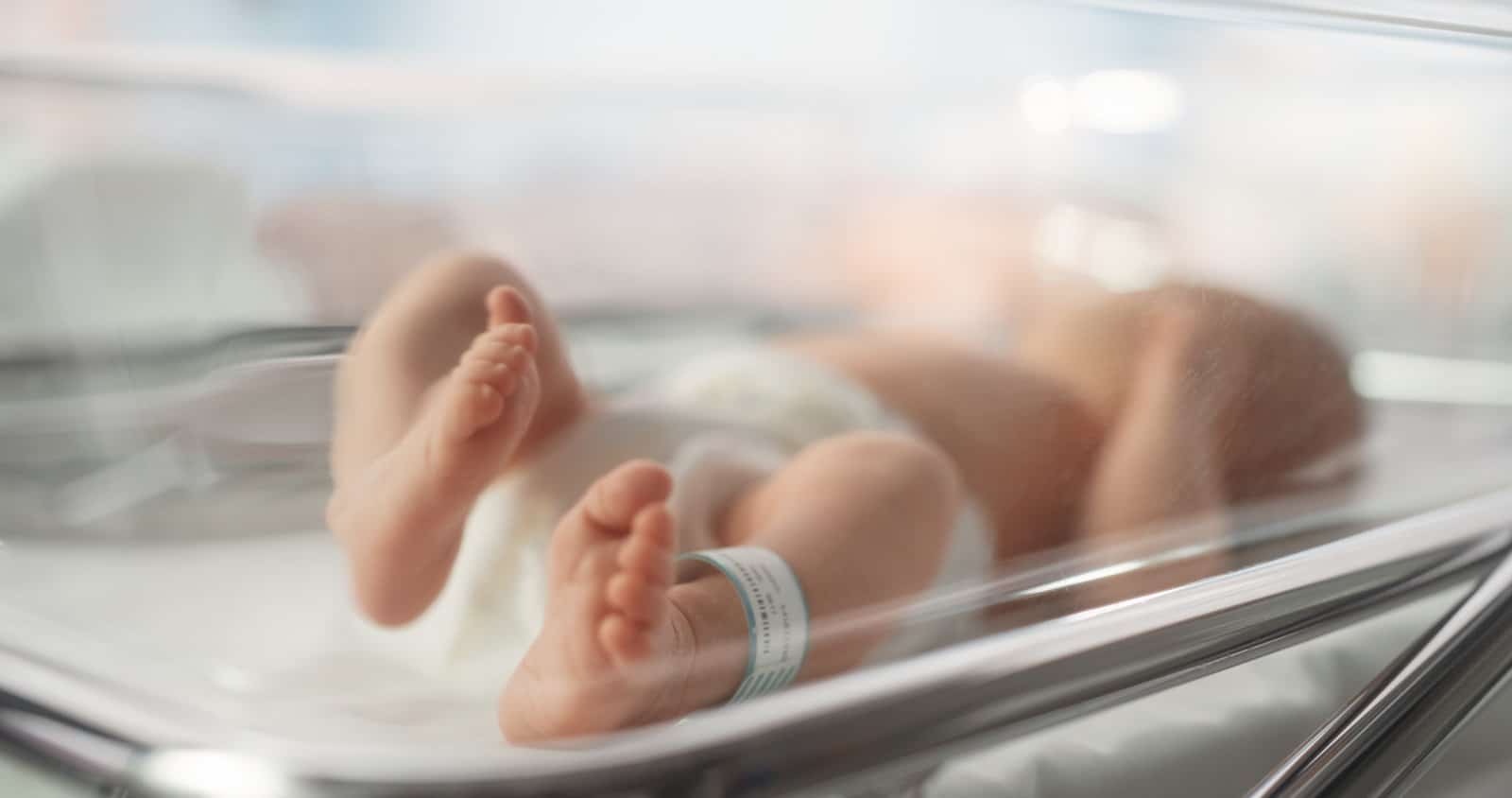
In the 1980’s, for every 10,000 babies born in England, 120 died in their first year of life. However, antenatal and neonatal care advancements reduced this by two-thirds over three decades.
Progress at a Halt for 10 Years

Since 2014, for every 10,000 babies born, around 40 infants are dying, and this is still reflected today, meaning progress has stalled without progression.
Death Toll of Infants Still Shockingly High

According to experts at the Health Equity North (HEN), data from the Office of National Statistics (ONS) indicate that a shocking 2,209 infants died within their first year in 2021, which is 3,7 deaths per 1000 live births.
No Change to Infant Mortality in Ten Years

In 2022, it had risen to 2,240 deaths at a rate of 3,9 deaths per 1000 live births, which is the same level of infant deaths as reported in 2012, indicating “ten years of stagnation.”
Stagnation Masks Mortality Rate Factors

The overall national infant mortality rate in the UK may appear to be “steady” or not showing significant changes due to the “stagnation” hiding behind factors like geography, economic deprivation and ethnicity.
West Midlands Has Highest Mortality Rate

In 2022, the West Midlands had the highest infant mortality rate in England, 56 deaths per 10,000 births. This is double the lowest rate, which is in the southwest, with 28 deaths per 10,000.
Regional Inequalities Pronounced

Regions with the lowest mortality rate experienced decreases from 2008-2022, while areas with the highest mortality rates did not see decreases, indicating increasing regional inequalities.
Deprivation Linked to Death
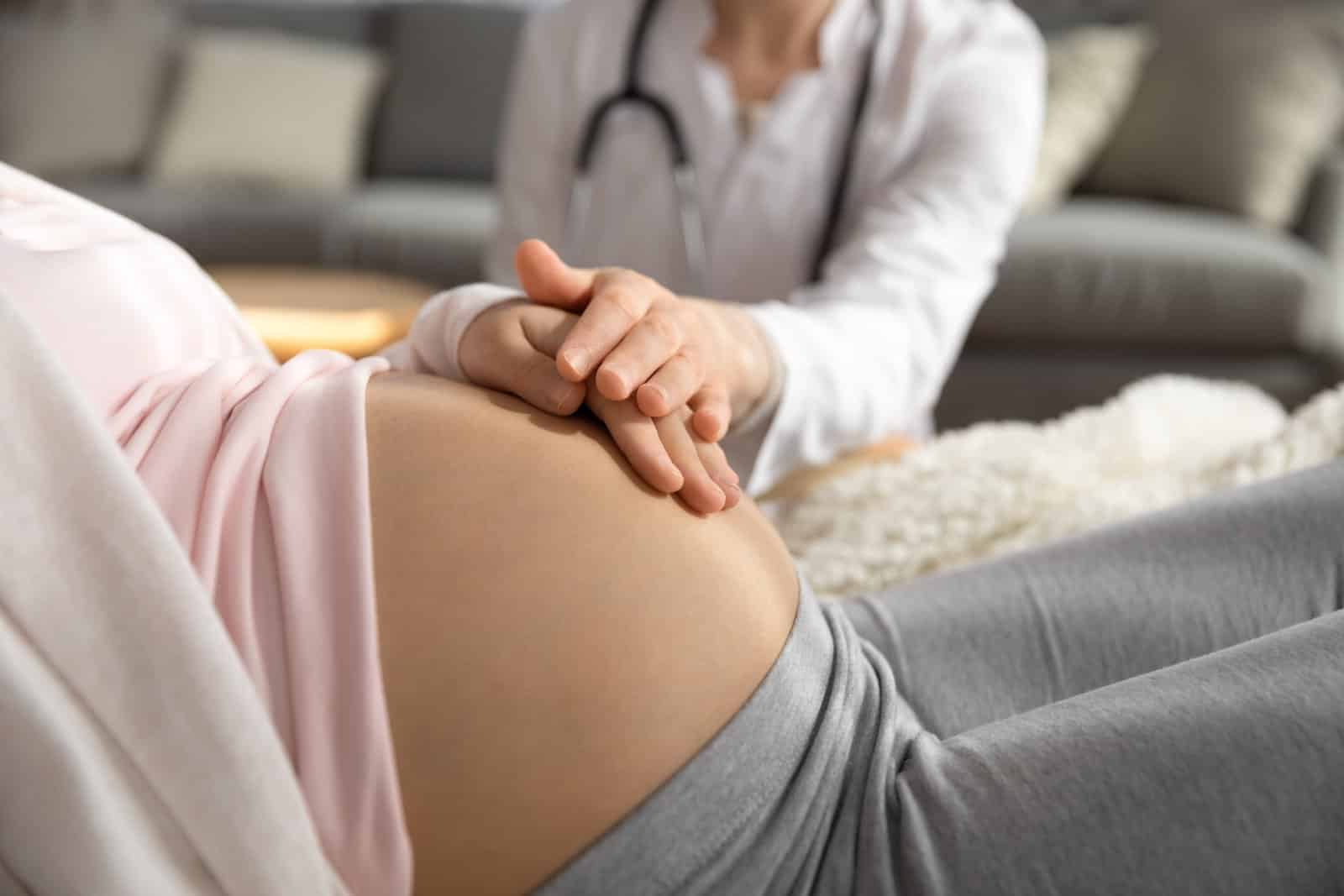
Babies born in 2022 in the most deprived 10% of areas were almost three times as likely to die within their first years, 61 baby deaths out of 10,000 compared to babies born in the least deprived 10% of areas, 22 baby deaths per 10,000.
The Focus Needs to Shift to Children and Young People

The new government must explicitly focus on children’s and young people’s health to half the difference in life expectancy between regions.
Factors Leading To Mortality Rates Need to Be Addressed

Some factors behind the infant mortality rate, including poverty, discrimination, and access to services like health care, need to be addressed to create the necessary foundations for healthier lives for the youth.
Black Babies Twice as Likely to Die Than White Babies
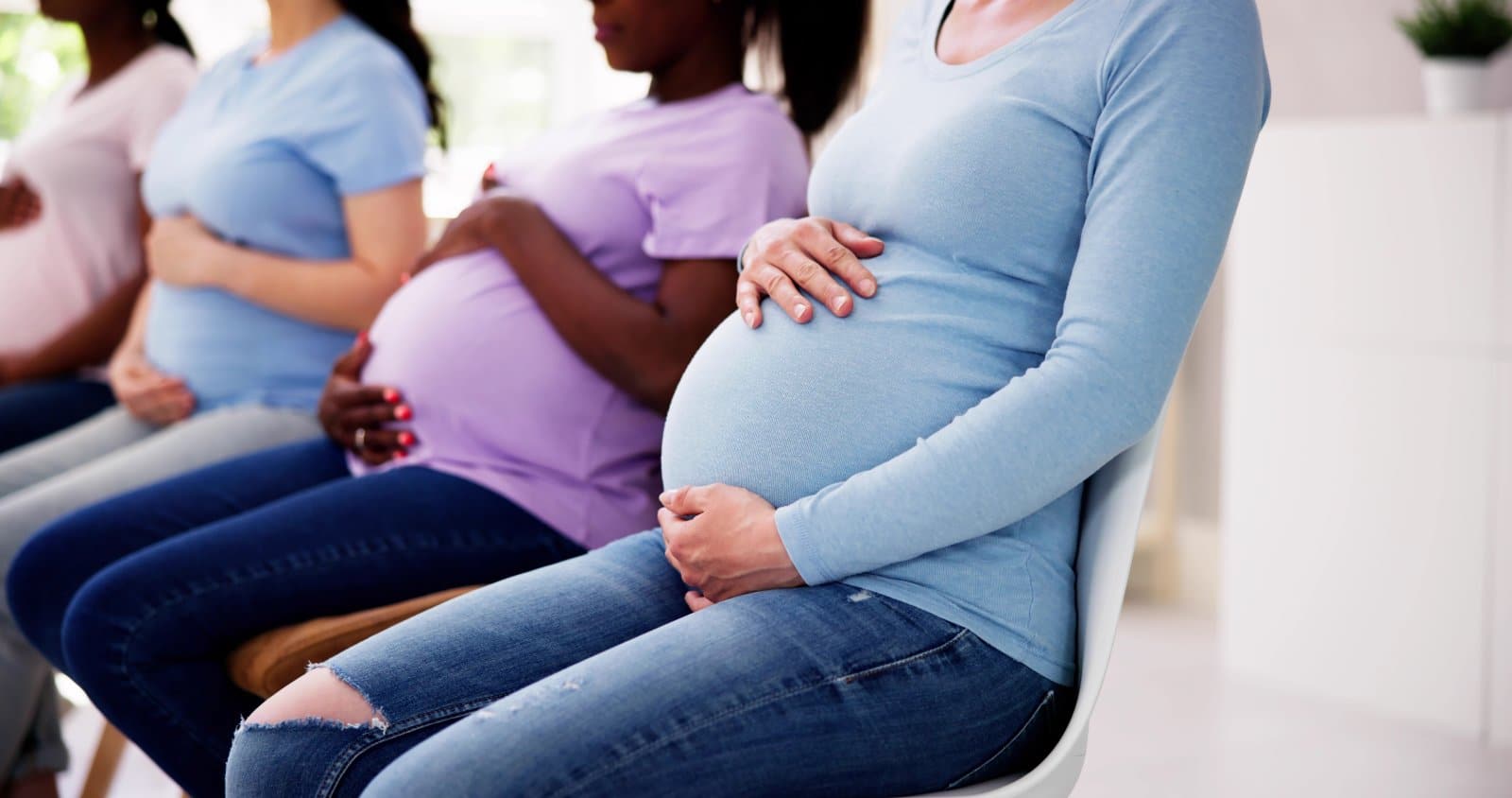
Babies from black ethnic backgrounds are twice as likely to die in their first year compared with babies of white ethnic backgrounds.
Black Ethnicity Has Highest Infant Mortality Rate

In 2022, babies from black ethnic groups had the highest infant mortality rate, with 68 deaths per 10,000 births, closely followed by babies from Asian backgrounds, with 57 deaths per 10,000 births, and babies from white backgrounds sporting the lowest infant mortality rates at 31 deaths per 10,000 births.
UK Has Higher Infant Mortality Rates Compared to Highly Developed Countries

The UK ranks poorly compared to other highly developed countries. In 1980, it ranked 13th out of 22 peer countries, falling to 19th by 2022. In Europe, where the average is 3,1, the UK‘s figures are twice that of Finland and Norway.
Rising Poverty Cause of Decrease in Progress

Experts suggest that the rising poverty is leading to poor nutrition, inadequate housing and mental issues, which has contributed to the downward spiral of progress that was seen earlier.
Deprived Communities Affected the Most
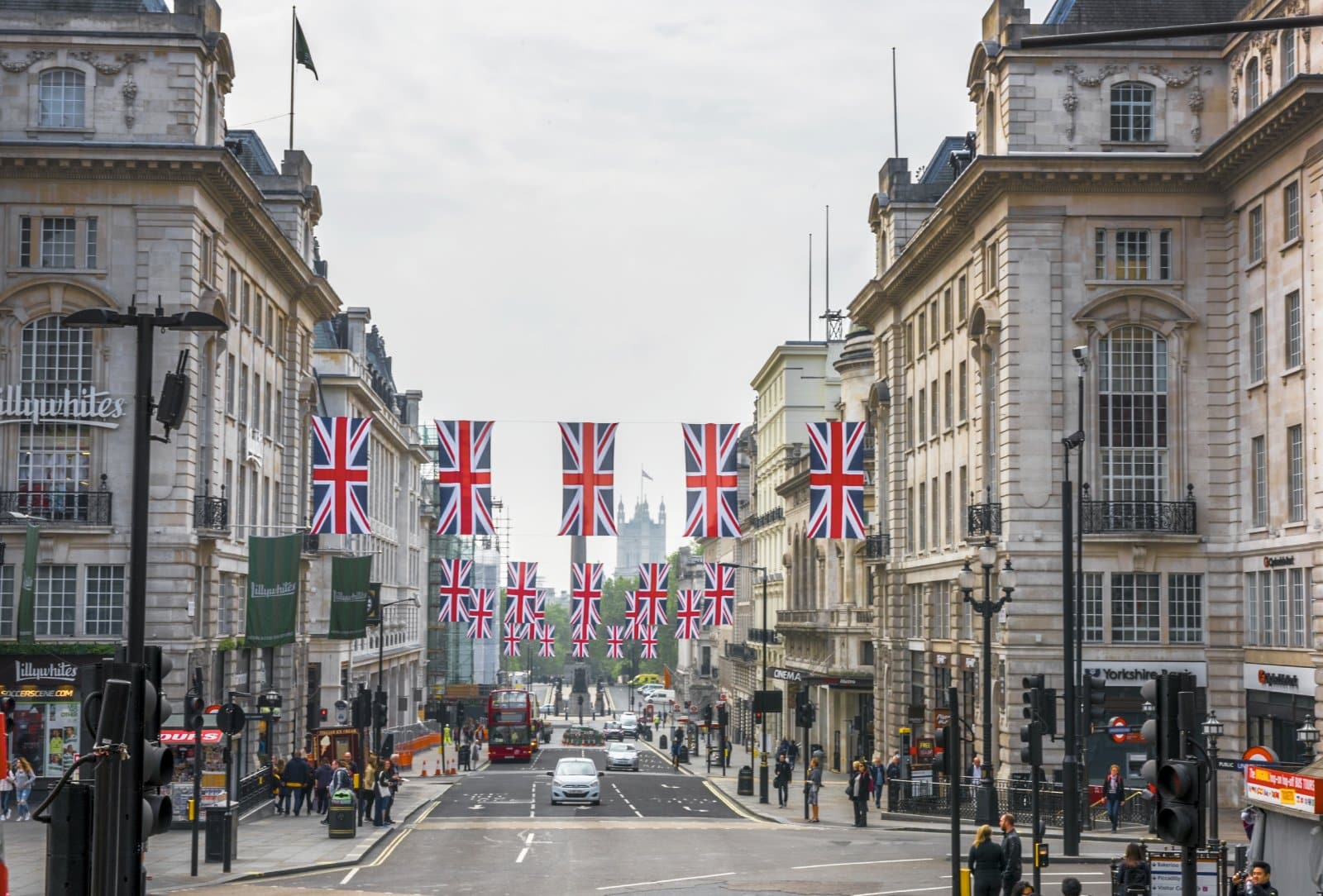
The academic co-director at Health Equity North, Professor David Taylor- Robinson said, “For many years infant mortality was declining…however, that success has slowed in recent years with rates beginning to rise again, particularly in more deprived communities.”
New Government Called to Make a Difference

The new government will need to face these issues to improve and progress in decreasing the infant mortality rate. Health Equity North suggests that an investigation into the driving force behind the higher infant mortality rate in certain populations should be conducted to get a better idea and grasp on how to move forward.
Maternity Services Need Investment

Heath Equity North is an institute that analyses public health problems and is pressing for improved investments in deprived communities for children’s health and maternity services.
Immediate Action Required to Alleviate Inequalities

The concerning rise in inequalities in infant mortality rates by ethnicity, socio-economic deprivation and geography should be an eye-opener for immediate action to be taken to offer all a fair and equal start in life.
10 Worst Places to Live in the UK Today

Here’s a look at the 10 worst places to live in the UK, based on statistical analysis and local sentiment, to help you understand the challenges residents may face in these areas. 10 Worst Places to Live in the UK Today
“We Will Never Come to Help You” – Trump’s Hurtful Words Raise Concerns About EU Firepower

It was revealed in a conference in Brussels that former President Donald Trump said in 2020 that the US would “never help” Europe if it was attacked. Now, European nations are grouping to commit more firepower to combat Putin’s threat to democracy. “We Will Never Come to Help You” – Trump’s Hurtful Words Raise Concerns About EU Firepower
Brexit Fallout: 20 Ways the EU Is Falling Apart Without the UK
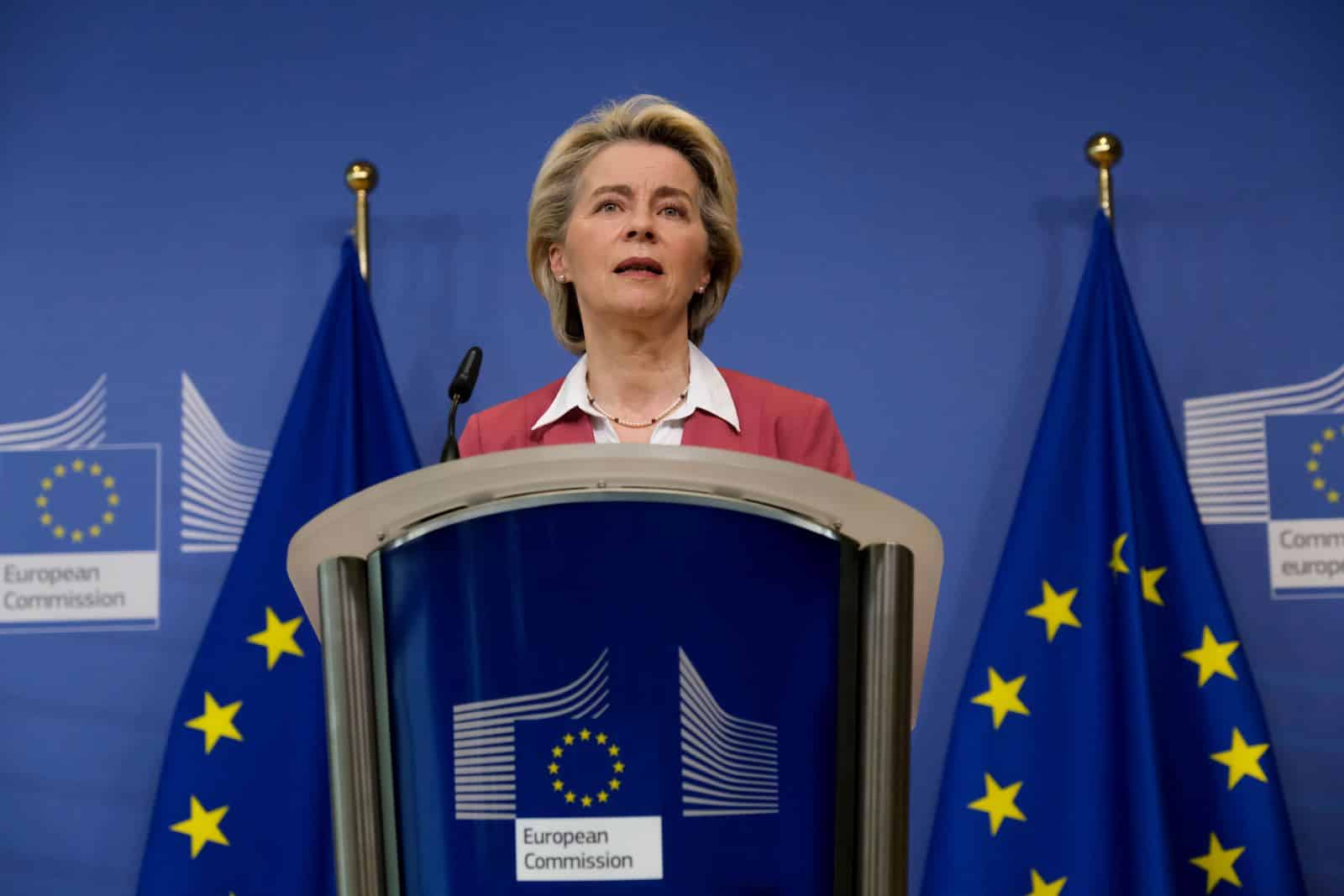
Since Brexit, the EU has been grappling with multiple crises and internal conflicts. Can the bloc hold itself together in these turbulent times? Brexit Fallout: 20 Ways the EU Is Falling Apart Without the UK
Featured Image Credit: Shutterstock / NTshutterth.

